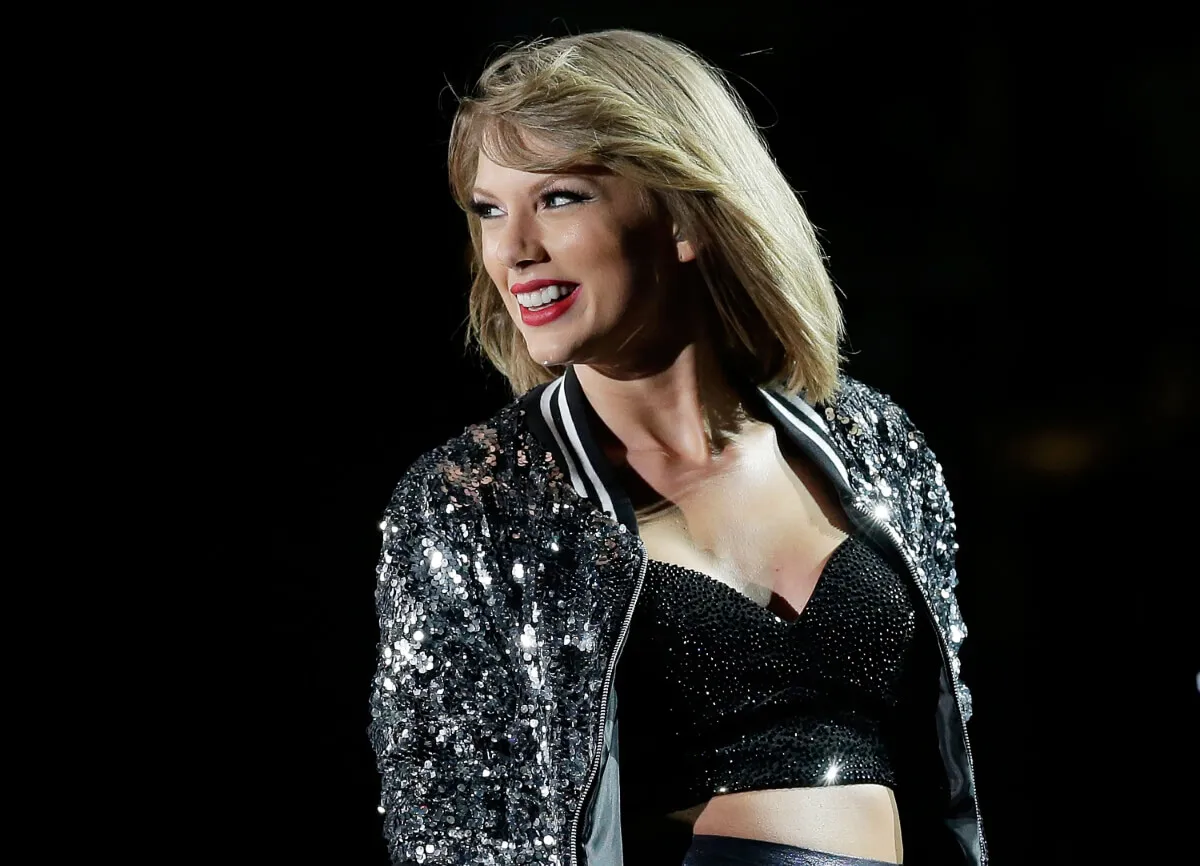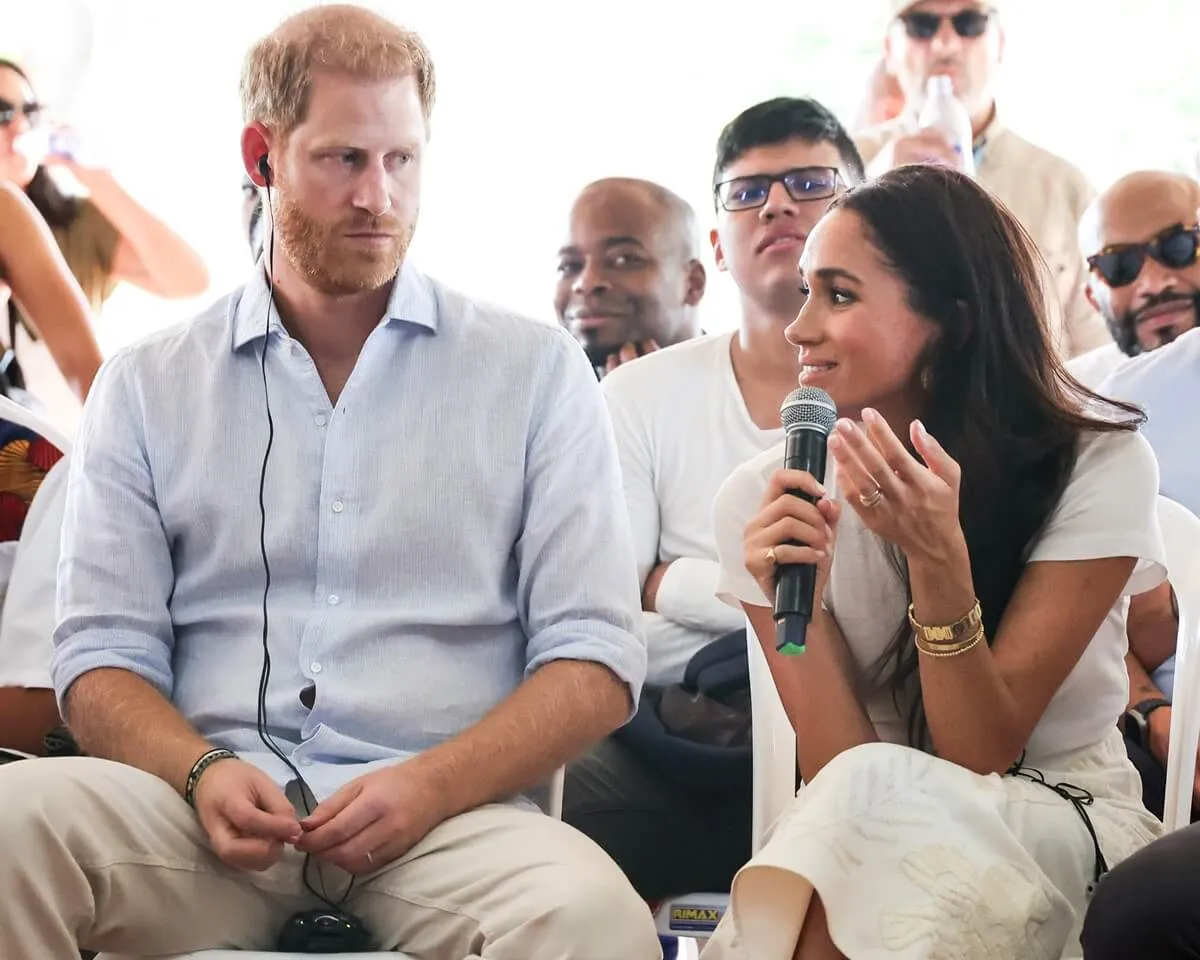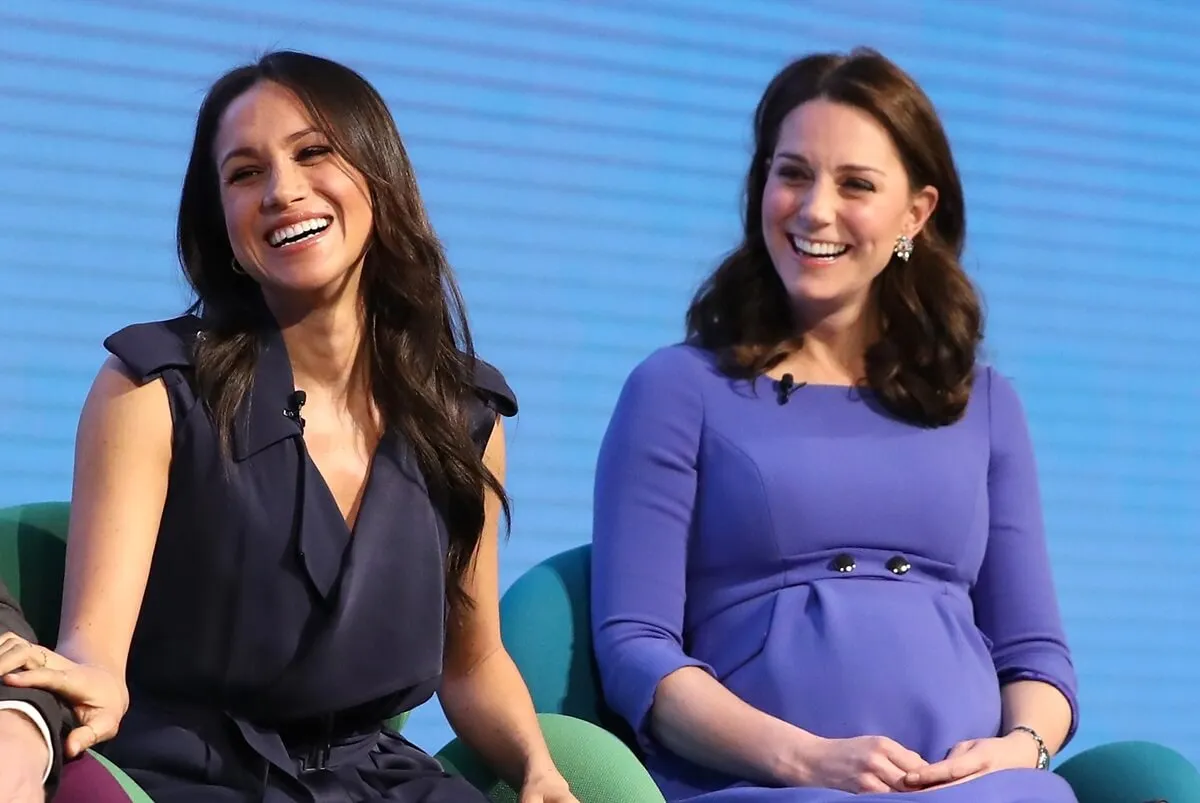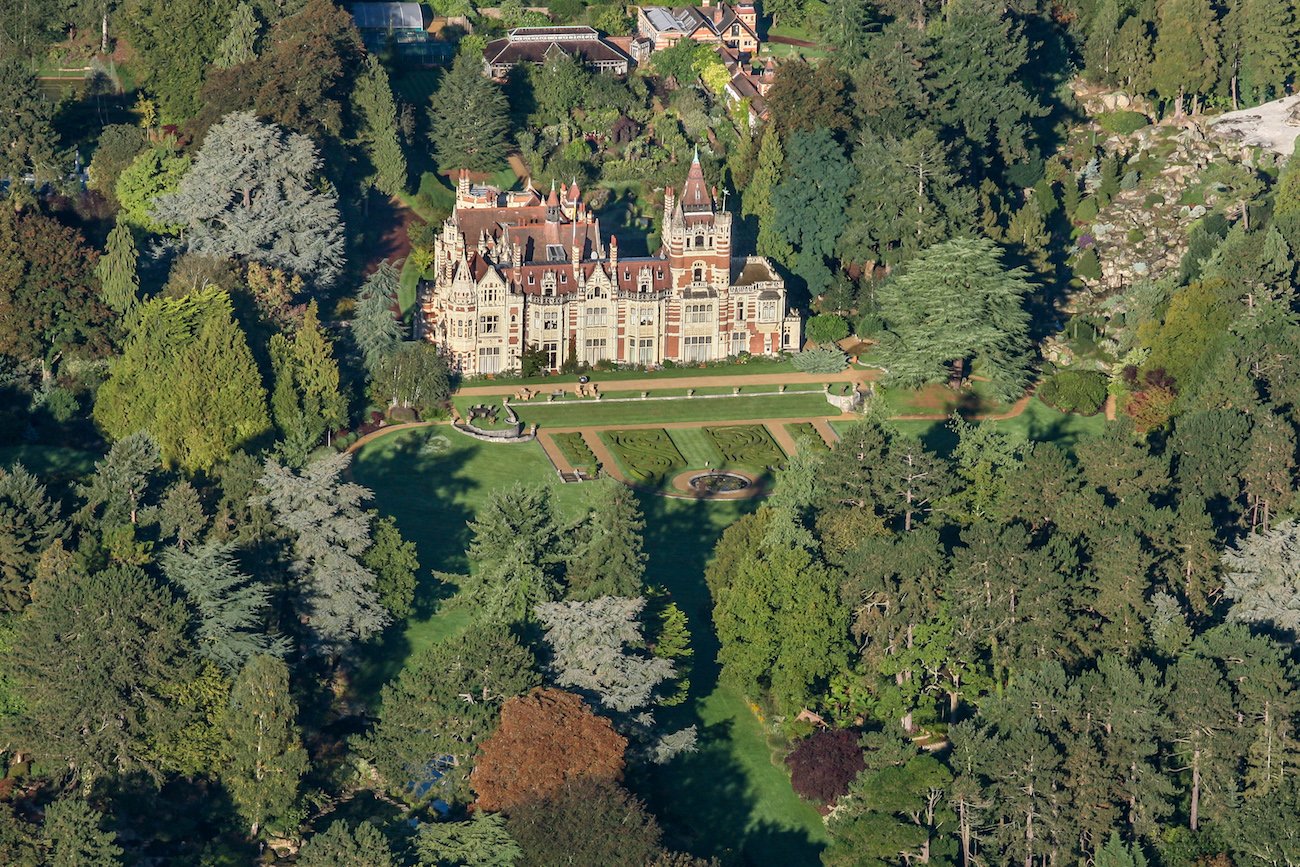
The First Time George Harrison Went to His Local Nursery, He Bought Almost Every Tree They Had
The first time George Harrison went to his local nursery, he bought almost every tree they had in stock. George frequented the shop many times. He was an avid gardener with acres of land to care for meticulously. However, all his hard work wasn’t just for his viewing pleasure.
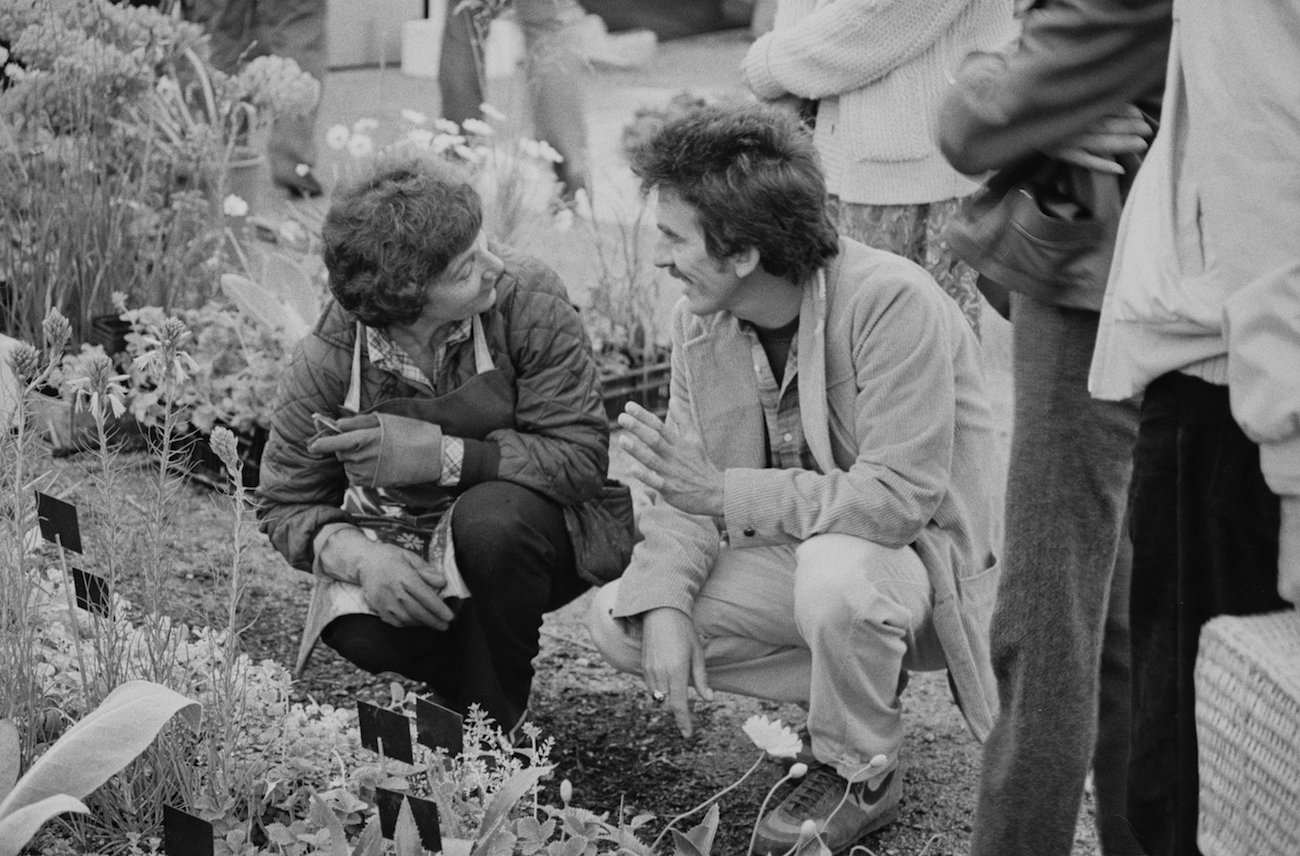
George Harrison bought Friar Park, a 35-acre estate, in 1970
At his first home, Kinfauns, George didn’t exactly have a green thumb. However, that changed when he bought Friar Park, a dilapidated Victorian neo-Gothic mansion in Henley-on-Thames, England, in 1970.
Sir Frank Crisp, an eccentric multimillionaire lawyer and adviser to England’s Liberal Party, built the 35-acre estate in the 1800s. He left the estate to the Catholic Church. Interestingly, George had recently sworn off Catholicism, but he needed Friar Park to house his new home recording studio.
When George bought the home, the nuns who lived there were soon replaced by members of the Hare Krishna Temple. However, they’d left Friar Park in a state. It was crumbling, and the grounds left something to be desired.
In Here Comes The Sun: The Spiritual And Musical Journey Of George Harrison, Joshua M. Greene wrote, “Around the grounds, Crisp had dug lakes, planted topiaries, and carved a river that flowed under the property.
“He had planted thousands of varieties of flowers and trees around the estate and excavated a complex of subterranean caves, some featuring skeletons and distorting mirrors. Dominating an alpine rock garden in the center of the estate was a hundred-foot-high replica of the Matterhorn built from tons of millstone grit.”
George wiped out his local nursery
When George started cleaning up the grounds, he needed a flamethrower to get through all the weeds. Greene wrote, “Friar Park blossomed into a metaphor for George’s exploration of the spirit: a place of discovery that was wild at first, then yielded its secrets one by one.”
The estate wouldn’t have blossomed without the help of the nearby nursery, which George frequented. The owner, Konrad Engbers, told Greene about the first time George came into his store.
When Engbers told George the nursery was slow, the former Beatle said, “I’ll give it a little push for you.” Then, he bought almost every tree Engbers had in stock.
“From time to time, George walked down the hill from Friar Park to the market where Engbers had a stall,” Greene wrote. “George would wait in the line and take his turn, not expecting any preferential treatment. Seeing his friend, Engbers would take a break and the two would sit in a nearby coffee shop in their dirty
overalls and talk about herbs and plants.”
“Such a kind man,” Engbers said, “with no airs and graces—a man with a truly big heart.”
The garden wasn’t George’s
Soon, George became more of a gardener than a famous musician.
George said in an interview, “I like the garden… In the garden, you see all the seasons come and go, and whatever you do can affect it all. But at the same time, the flowers don’t answer you back. Don’t give you no trouble. It’s very nice.”
After years of the press and fans scrutinizing him under a microscope, George loved that he could escape into the garden.
Eventually, George was so obsessed with how his garden looked he’d spend hours well into the night making sure it was perfect. However, it never was. In Martin Scorsese’s documentary George Harrison: Living in the Material World, George’s son Dhani said, “He’d be like, ‘Get that pond, put it over there, and move that hill. Don’t like that hill.’ And the next week, it would be pond over there, hill over there. And it would look better.
“He’d garden at nighttime. He’d garden until midnight, and he’d be out there squinting because he could see at midnight, he could see the kind of moonlight, and you could see the shadows, and that was his way of not seeing any of the weeds and imperfections that would plague him during the day. So he’d be able to imagine what it was gonna look like when it was done.”
George took great pains to ensure his garden was perfect because it wasn’t his; it was God’s. He connected to God by gardening.
“Being a gardener and not hanging out with anyone and just being home, that was pretty rock ‘n’ roll, you know?” Dhani told Rolling Stone. “When you’re in a really beautiful garden, it reminds you constantly of God.”
George loved his garden so much that he wanted to be remembered as a gardener, one that made a few good tunes.
